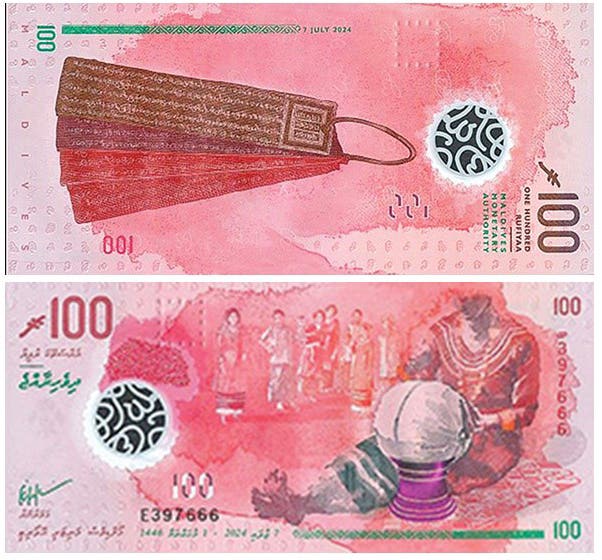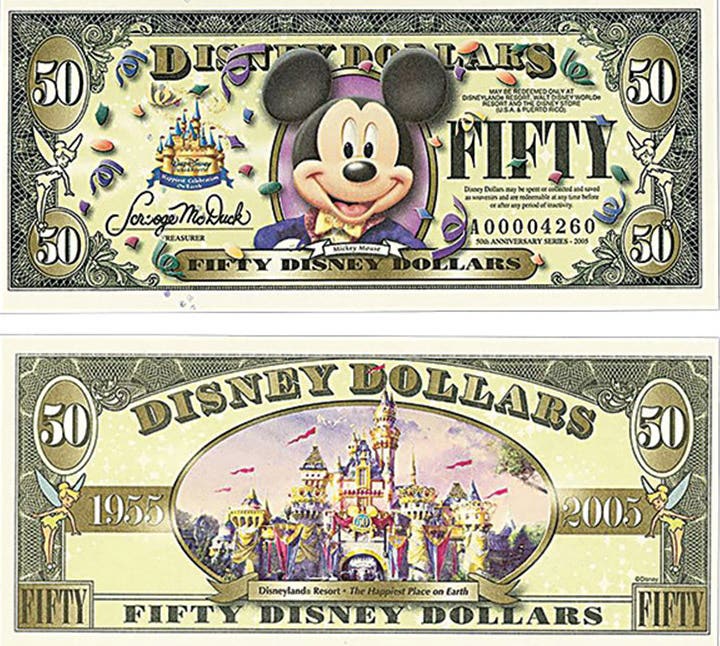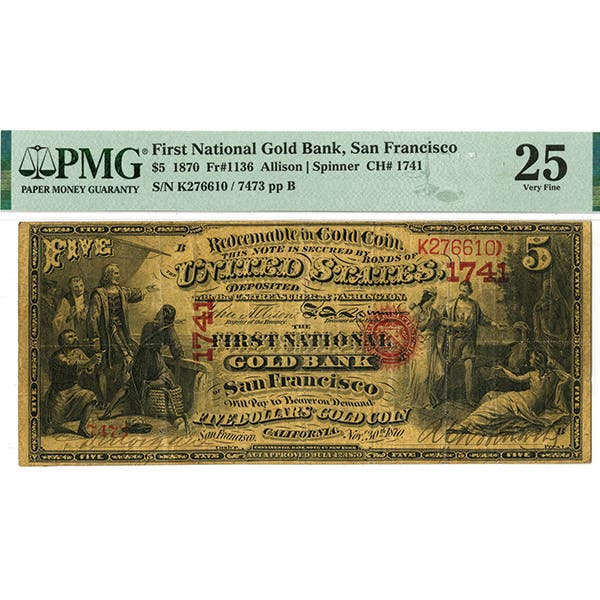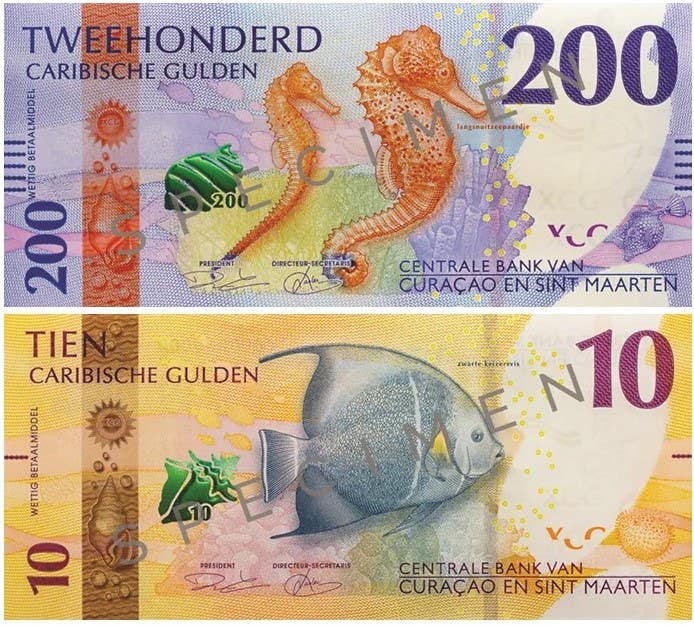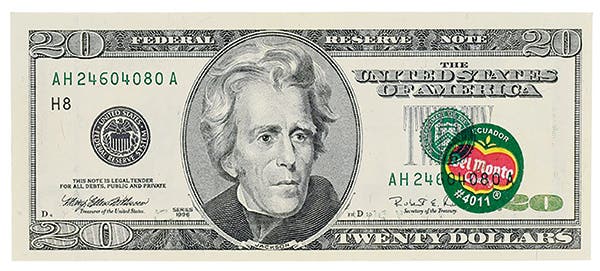Star orientation documented for Dallas, San Francisco notes
By Peter Huntoon The first runs of Series of 1928 Dallas and San Francisco $100 star notes were numbered on the same 12-subject overprinting and separating press on November 22,…
By Peter Huntoon
The first runs of Series of 1928 Dallas and San Francisco $100 star notes were numbered on the same 12-subject overprinting and separating press on November 22, 1929. Both press runs were 1,000 sheets each bearing serials 1 through 12,000. The sequence of numbers on the left sides differed from those on the right by 6,000 for both press runs.
Consequently, the first sheet contained numbers 1 through 6 and 6001 through 6006.
The stars had to be inserted into the numbering wheels and locked in place; however, they could be inserted so that they either appeared right-side-up or upside-down on the printed notes. The operator did not notice the distinction, so the orientation of the stars came out mixed on the notes.
The spectacular foursome illustrated here from the San Francisco bank illustrates all four possible permutations. Bob Liddell painstakingly assembled this set.
The positions of the stars were the same for both the Dallas and San Francisco runs. We have cataloged four notes from the Dallas run and 18 from San Francisco.
To date, we have been able to document the orientations of the stars in 10 of the 12 plate positions. Here is how they break out. Normal stars appear on positions J, K and L; inverted stars in the right position only on C and D, on the left only on G and H, and on both on A, E and F. Positions B and I remain to be determined.
There were four plates on the press used to print the faces on these stars; specifically, plate serial numbers 1, 2, 3 and 4. As icing on the cake, each is represented among Bob’s four notes.
This article was originally printed in Bank Note Reporter. >> Subscribe today.
More Collecting Resources
• The Standard Catalog of United States Paper Money is the only annual guide that provides complete coverage of U.S. currency with today’s market prices.
• Order the Standard Catalog of World Paper Money, General Issues to learn about circulating paper money from 14th century China to the mid 20th century.




